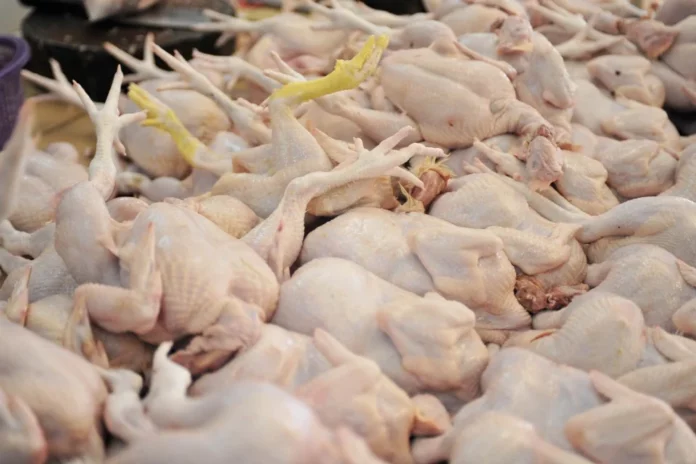KUALA LUMPUR, Oct 30 — Savings amounting to RM100 million a month following the discontinuation of subsidies and price controls on chicken effective Nov 1 will allow the government to enhance various socio-economic and welfare initiatives, including cash assistance.
The Agriculture and Food Security Ministry (KPKM), through its Frequently Asked Questions (FAQ) on the termination of chicken subsidies, said these savings can also be used to strengthen the poultry industry.
This includes providing incentives in terms of revolving fund financing to small and medium-sized breeders and microcredit schemes as working capital assistance to community farmers, as well as transformation from the open to closed-house poultry system
On whether chicken prices will rise after Nov 1, KPKM said chicken at retail outlets in rural areas is expected to remain at about RM10.40 per kilogramme (kg), but the price of chicken at hypermarkets is not expected to exceed RM9.40 per kg.
“Although the government has previously set the maximum retail price for chicken at RM9.40 per kg, traders at the retail level have imposed cutting charges ranging from RM1 to RM2 per kg, resulting in the purchase price of chicken rising to RM10.40 per kg,” the ministry said.
To help consumers in rural areas, the government will organise Agro Madani and Rahmah Sales throughout the country, ensuring that chicken prices remain competitive and do not burden the people.
On the steps the government would take if chicken prices were to rise suddenly after being floated, KPKM said the ministry, along with the Domestic Trade and Cost Of Living Ministry (KPDN), would continue to periodically monitor chicken prices right from the farm level to retail outlets.
The ministry said if a sudden price increase occurs due to supply shortages, it is prepared to import chicken from foreign sources to ensure sufficient domestic supply.
“However, if a sudden price increase occurs, the government can impose price controls, either with or without subsidies,” it said.
On the price difference between standard and super chickens after the price floating measure, KPKM said that standard chickens are sold with the head, feet, liver and gizzard, while super chickens are sold after removing all of those parts, with both differing in terms of weight and price.
According to the ministry, standard chicken prices are usually RM1 per kg cheaper than super chicken at the retail level, and the price difference is expected to be maintained when the prices are floated due to the weight difference between the two chicken specifications.
On chicken prices in Sabah, Sarawak and Labuan after the price float, it said the base prices in these regions are slightly higher when price controls are in effect based on local factors and costs.
“When floated, prices in these regions are expected to experience some adjustments at the producer, wholesale and retail levels. However, prices are expected to remain stable if the supply of these materials is sufficient and there are no disruptions in the production phase,” the ministry said.
KPKM said the government has allocated RM3.8 billion for egg and chicken subsidies since February 2022, and the rationale for ending subsidies in bulk for chicken is to reduce leakages of subsidies which are also enjoyed by foreigners and high-income groups.
Meanwhile, the ministry said the government has decided to continue subsidising and controlling egg prices so as not to burden the people, and this policy will be reviewed when egg supplies and production costs fully stabilise.



















